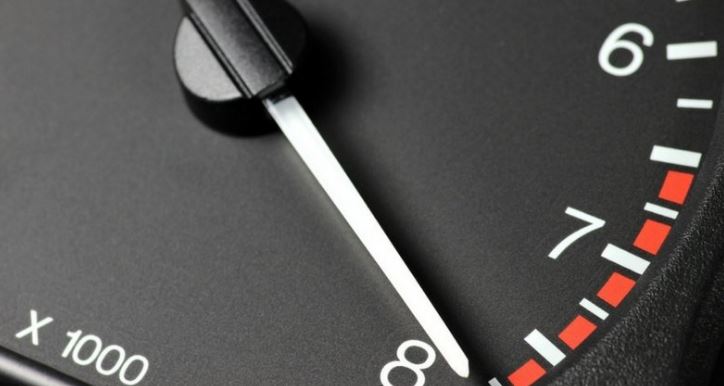There is a lot of debate surrounding the act of revving your engine. Some people believe that it’s bad for the car, and can cause damage. Others think that it’s a good way to show off your car’s power. So, what’s the truth? In this blog post, we will discuss the pros and cons of revving your engine, and help you make an informed decision about whether or not to do it. We’ll also provide some tips on how to safely rev your engine without damaging your car!
What Does It Mean To Rev An Engine? How Does It Work?
When you’re talking about revving a car’s engine, you’re referring to the process of increasing the engine speed. This can be done by shifting into neutral or park and pressing down on the accelerator pedal.
When you do this, you’ll notice that the engine speed increases and the car starts to make a louder noise ( without moving anywhere )
Why Would You Want To Rev Your Cars Engine?
If you’ve ever been to a car meet or show, you might have seen people revving their engines while in neutral or park. There are a few reasons why someone might do this
Show Off The Sound Of Their Car
At a car meet, people will often rev their car’s engine to show off the sound. There are a few reasons why someone might do this. First, they want to show off their car’s power. Second, they want to get attention from other people at the meet. Third, they want to make sure that their car is running properly. Finally, they may just be enjoying the sound of their own car’s engine. Whatever the reason, revving your engine at a car meet is sure to turn heads and get people talking.
They Think They Are Warming Their Car Up Faster
Often times you see people revving their engines to bring temperatures up more quickly.
Revving your engine won’t actually do anything to speed up the warming process. Your car’s engine needs time to reach operating temperature, and revving it won’t change that.
In fact, revving your engine while it’s cold can actually damage it, which we will discuss in more detail below. (So if you’re looking to get your car’s engine warmed up as quickly as possible, you’re better off just turning it on and letting it idle for a bit)
Is It Bad For Your Car To Rev The Engine?
When it comes to car engines, there are a lot of myths and misconceptions out there. One of the most common questions we get asked is whether or not it’s bad for your car to rev the engine in neutral or park.
The answer to this question isn’t as simple as a yes or no. While revving the engine in neutral or park won’t damage the engine itself, it can put unnecessary wear and tear on other parts of the car.
One of the main things you need to be careful of when revving your engine is over-revving. This is when you exceed the maximum recommended RPM for your engine. Over-revving can cause piston failure, connecting rod failure, and engine bearing failure.
Another thing to keep in mind is that revving your engine when it’s cold can also be damaging. When an engine is cold, the oil isn’t circulated as well and can cause wear on bearings and other moving parts.
So, while revving your car engine in neutral or park won’t necessarily damage the engine itself, there are a few things you need to be aware of before doing so.
How To Rev Your Cars Engine Safely
Manual Car :
In a manual car, to rev the engine at a standstill, first depress the clutch pedal fully. Then, with your right foot, press down on the accelerator until the desired RPM is reached. To avoid over-revving the engine, release the accelerator slightly before the needle enters the red zone on the tachometer. Finally, slowly release the clutch pedal until you feel engagement and then gently accelerate.
Automatic Car :
In an automatic transmission car, to rev the engine at a standstill, first put your foot on the brake pedal. Then shift into neutral and hold down on the gas pedal with your right foot until you reach your desired RPMs.
Again, be careful not to over-rev by watching the tachometer closely and releasing the gas pedal before you enter the red zone. Finally, shift back into drive and slowly release the brake pedal.
Here are some tips for revving your engine safely:
– Make sure the engine is up to temperature before revving high. This will help protect it from damage.
– Avoid sudden changes in RPMs. Sudden changes put unnecessary stress on the engine components.
– Don’t hold the car at a high RPM for too long.
– Be Careful when re-engaging the gears to avoid any damage to your transmission
– Don’t overdo it
Go Home








